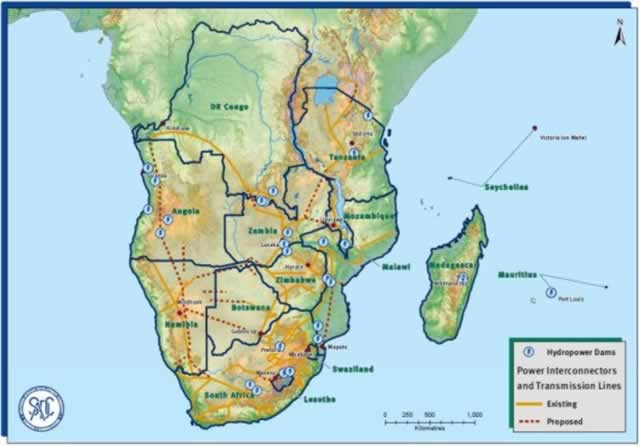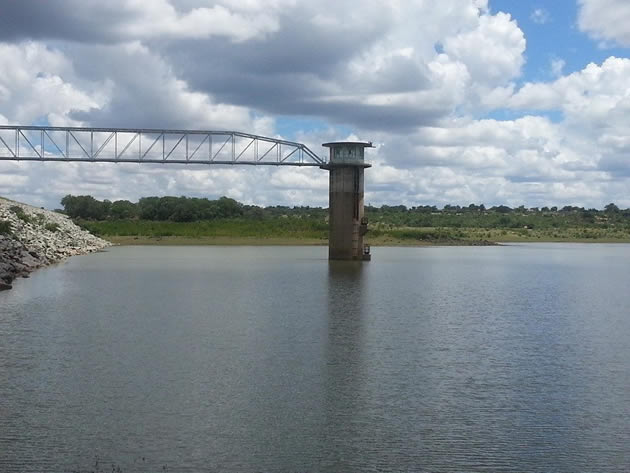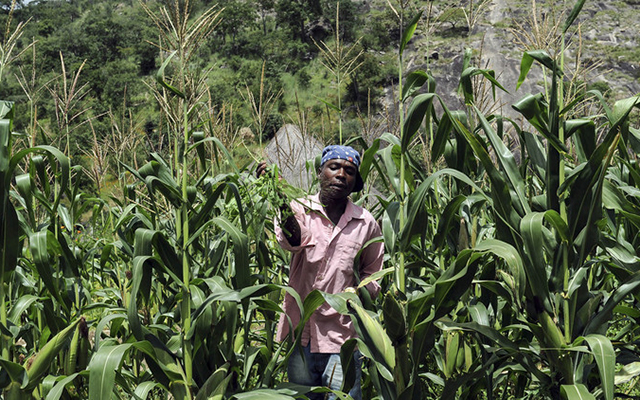Sadc: Up-scaling regional Integration

Jakaya Kikwete : Special Correspondent
Regional cooperation and regional integration are two different concepts although somehow related. In regional cooperation, countries agree to cooperate in certain things like transnational crime, agriculture, education, health infrastructure etc. In regional integration countries agree to weave or tie their economies together.There are distinct stages being followed and there are universal.
Normally it starts with trade when countries agree to remove tariffs and non-tariff barriers for goods produced in one-member state when traded in another.
This is what is called Preferential Trade Area (PTA) or Free Trade Area. Under such arrangements, also usually countries agree on what is called rule of origin so that countries don’t cheat.
The next stage is the Customs Union when partner states of the Preferential or Free Trade Area agree to erect a Common External Tariff for goods produced in other countries entering their market.
Some regional integration endeavours, have decided that their integration entry point would be the Customs Union.
They do so in order to scale up the process but also in order to avoid diversion of trade and investments to the country that has lower external tariffs. No partner should be left to unduly disadvantage the others.
The Common Market is the next stage. After removal of tariff and non-tariff barriers and erecting a common external tariff partner states embark on allowing free movement of labour, capital and services.
People will be able to move freely from one country to another, settle and seek employment or establish a business activity without discrimination or restriction because of his nationality. Also the same can happen to capital and services.
The next stage is the Monetary Union where countries attain macro-economic convergence, common monetary and fiscal policies, liberalise capital and current accounts transactions.
In some arrangements having a common currency is part of this stage while others make it a distinct phase.
Those who separate it consider this as the final stage in the economic integration agenda.
In some regional integration arrangements, there is also the aspiration for political integration as it is the case with the East African Community and the European Union.
In my view the up-scaling regional integration in sadc is about increasing the pace of implementing the stages of integration. Fortunately, all of the stages have been defined in sadc integration agenda.
For example, the Free Trade Area was envisaged to be established by 2008, the Custom Union by 2013, the Common Market by 2015, the Monetary Union by 2016 and Single Currency by 2018. This is 2016, and when we take stock about where we are it is evident we are far behind. We are still at the Free Trade Area stage launched at the 28th Summit by 12 out of 15 member states of sadc.
It means therefore that we are way behind schedule as far as elaborated by the Regional Indicative Strategic Development Plan Implementation Framework.
What do we do under the circumstances? I am of the view that we must keep the roadmap but develop a new calendar which is more realistic to our circumstances.
From my knowledge and experience with the East African Community this is not an easy task. It is complex and it attracts a lot of fears some of which are not even warranted. For example, when we were negotiating the EAC Customs Union one of the biggest fears was de-industrialisation of the small economies and loss of revenue by governments.
We introduced the principle of asymmetry or variable geometry where goods from Kenya, which had a relatively stronger economy paid duties for five years whereas those of Tanzania and Uganda entered the East African market at zero tariff.
With regard to the fear of loss of government revenues,contingency plans were made to assist those governments that would be affected. On the contrary it did not happen and the plans were not necessary.
The Common Market stage generated a lot of debate around fears of one country being inundated on the burden of migrants. Also, there were fears about the loss of jobs.
We agreed that there will be no automatic migration. Member States immigration laws and procedures will be paramount. Same with jobs, a roadmap has been agreed with regards to opening up the job market in each member state for all East Africans.
Each country will determine which jobs be open to all East Africans. We also agreed on a time frame for full opening up. The same procedure was adopted with regard to the movement of capital. All that I am saying is that it needs a lot of careful thinking and planning in navigating through the integration process. If that is not done we will be doomed to fail.
Let me emphasize that regional integration is desirable and we cannot walk away from it. It is true even today as our founding fathers realised it when they established the Sadcc that individually our countries are small and weak but collectively we can become a bigger market and a stronger entity. When we pull our abundant resources and capability together we can be a formidable economic powerhouse for the benefit of all of us.
In essence what we have been doing has been more on the regional cooperation side than on integration. We have now to take on the path of regional integration in earnest.
It is not easy because there will be sacrifices to be made some will even affect our sovereignty.
But we have no choice but make the sacrifice for ultimately, the benefits are bigger.
That is why even the stronger and developed economies are busy pursuing integration arrangements.
It would be a remiss of me if I did not recognise and commend the Sadc, Comesa and EAC organisations on the historic and bold decision to create one huge Free Trade Area from Cape to Cairo. I was part of the decision when it was made at the joint Summit of the Heads of State and Government of the three regional groupings in Kampala, Uganda.
The Summit was originally convened to discuss harmonisation, rationalisation of some areas of difficulties and work out modalities of resolving them.
I happen to be among those favoured the idea of merging our three Free Trade Areas into one.
The issue of harmonisation, rationalization and difficulties that bother and preoccupy us will be best resolved once and for all. Also the problem of overlapping membership will have been resolved.
This action is in line with lofty ideals of building blocks towards African Common Market and political unity of Africa espoused by the OAU and African Union.
Jakaya Mrisho Kikwete is former president of the United Republic of Tanzania. This is an except of his address during a public lecture at the University of Swaziland on August 23, 2016.









Comments